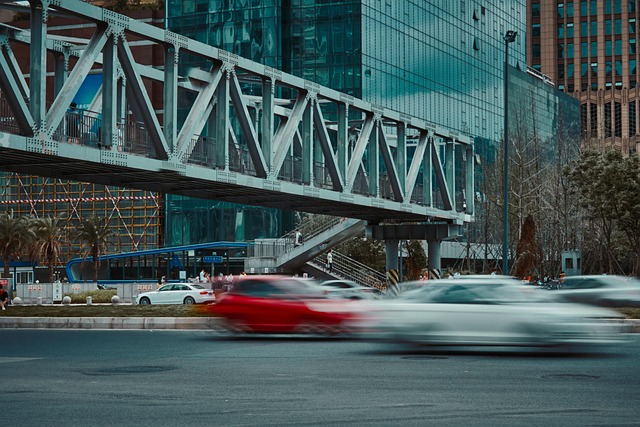As cities grow and populations swell, the intersection of pedestrian traffic and environmental health has never been more critical. Urban areas are bustling with foot traffic, and understanding the impact that this has on emission levels can offer surprising insights into our environment and how we can combat climate change.
Pedestrian traffic, while seemingly benign, plays a significant role in urban emissions. Walking is often promoted as a greener alternative to car travel, yet we must examine the broader implications. As more individuals choose to walk over drive, we witness a dual effect: reduced vehicular emissions and increased urban air quality. The surge in pedestrian traffic translates to fewer cars on the road, which means lower amounts of carbon dioxide and other harmful pollutants being released into the atmosphere.
However, the flip side of increased pedestrian traffic presents a different challenge. As more people venture outdoors on foot, we face increased infrastructure strain. More sidewalks, pedestrian crossings, and green spaces become essential to accommodate urban populations. This demand for infrastructure can lead to emission spikes during construction phases which can offset some of the benefits of reduced vehicle usage.
Moreover, the interaction between pedestrian traffic and urban design is crucial. Cities that prioritize pedestrian-friendly developments often see a significant decrease in reliance on fossil-fueled transportation. Walking encourages a more sustainable mode of transport, thus promoting environmental wellness. If we envision cities where pedestrian pathways are thoughtfully integrated into our urban landscapes, we can cultivate not just healthier communities but also a decline in the carbon footprint.
When we consider climate change, the narrative becomes even more pressing. Each step taken on foot helps to mitigate climate change effects by reducing greenhouse gas emissions. Less reliance on vehicles helps to maintain a cleaner atmosphere, contributing to overall climate goals. Urban planners and policymakers need to invest in creating environments where pedestrian traffic thrives. Incentivizing walking through beautified streetscapes not only encourages health but also furthers our efforts in climate action.
Additionally, cities that actively promote pedestrian traffic can enhance community engagement. When people walk, they become more connected to their surroundings, fostering a sense of belonging and responsibility towards their environment. This bond can lead to increased advocacy for sustainability initiatives that are crucial in the fight against climate change.
In the grand scheme of emissions and environmental impact, pedestrian traffic is a crucial factor. It exemplifies the delicate balance we must maintain between human movement and environmental integrity. By analyzing pedestrian trends, we can gain valuable insights into how urban areas can evolve into more sustainable spaces that contribute positively to the battle against climate change.
Ultimately, the way we conceptualize and integrate pedestrian traffic into our urban ecosystems will significantly influence our environmental future. Embracing walking as a primary mode of transport while carefully addressing the challenges it brings can lead us toward a more sustainable world, one step at a time.



